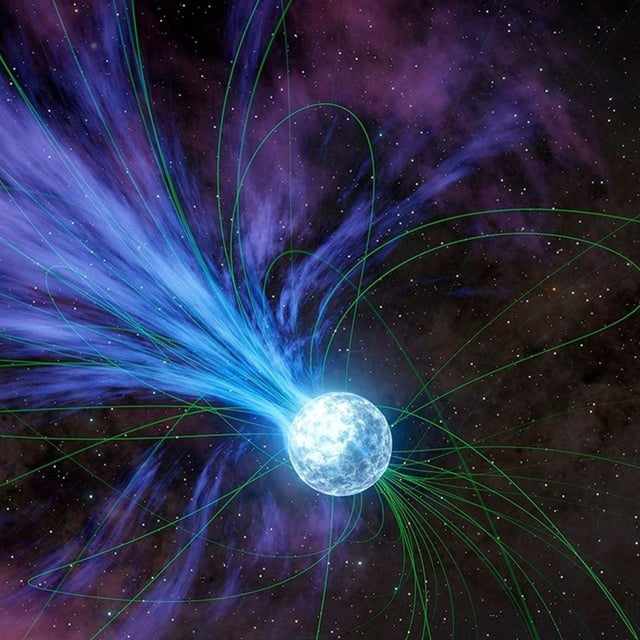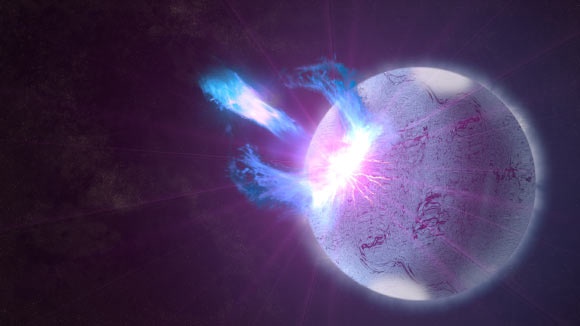Overview
- Peer-reviewed studies validate that magnetar giant flares contribute up to 10% of the Milky Way's heavy r-process elements, such as gold and platinum.
- Archival data from the 2004 SGR 1806–20 flare revealed gamma-ray decay signatures consistent with theoretical models of heavy element formation.
- Magnetar flares supplement neutron star mergers as a critical source of heavy elements, addressing gaps in early-universe chemical enrichment models.
- The rarity of magnetar flares—only three documented in our galaxy—poses challenges for direct observation and further study.
- NASA's proposed Compton Spectrometer and Imager (COSI) mission aims to detect future magnetar flares and provide more detailed insights into their role in cosmic chemical evolution.

